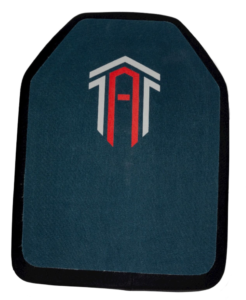Assessing Threats: Choosing the Right Body Armor for Your Needs
When selecting body armor, one of the most critical considerations is understanding the specific threats you are likely to encounter. Both civilians and law enforcement personnel must conduct a thorough threat assessment to determine the appropriate level of protection needed.

Civilians: For civilians, the primary concern is often personal protection in various environments, from urban areas to rural settings. If you reside in a low-crime neighborhood or need armor for occasional use, Level II or III-A soft armor might be sufficient. These levels offer a balance of protection against common handgun rounds like 9mm and .44 Magnum while remaining lightweight and comfortable for extended wear. However, if you live in an area with higher crime rates or have specific threats such as potential home invasions, considering Level III or IV armor, which can stop rifle rounds, may be more prudent.
Law Enforcement: Law enforcement officers face a wider range of threats depending on their roles and assignments. Patrol officers typically encounter handgun threats and might prioritize Level II or III-A armor for its flexibility and comfort during long shifts. Tactical units, SWAT teams, and those involved in high-risk operations, however, must prepare for encounters with high-velocity rifle rounds and armor-piercing ammunition. For these situations, Level III or IV hard armor plates are essential, providing the highest level of protection but at the cost of increased weight and reduced mobility.
Conducting a detailed threat assessment involves analyzing crime statistics, understanding the types of firearms commonly encountered, and considering the likelihood of specific scenarios. Additionally, both civilians and law enforcement should stay informed about emerging threats and advancements in body armor technology to ensure they are always prepared. Ultimately, choosing the right level of body armor involves balancing the need for protection with practical considerations of comfort, weight, and mobility.